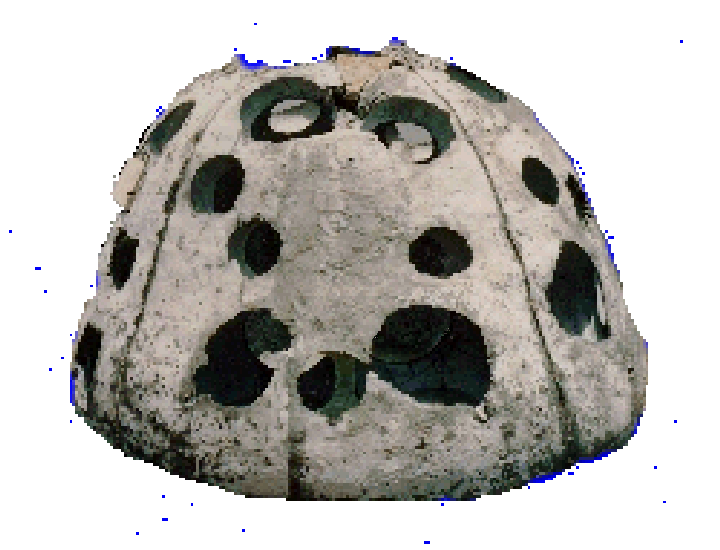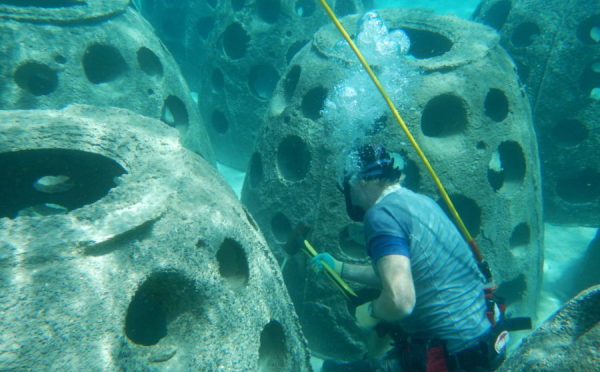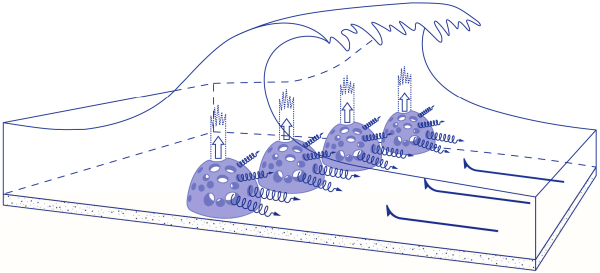

Reef Beach
Shoreline Restoration
Shoreline Restoration
For Engineers
Reef Beach assists coastal engineers in designing Reef Ball submerged breakwaters.


Reef Ball Submerged Breakwater Design & Construction
Reef Beach provides clients and their engineers with a courtesy desktop analysis to determine early on if Reef Balls should be included or excluded as a considered option. As the client's coastal engineer you may already have information that helps in this analysis. We usually like to meet with you during our initial site survey work both before we get into the water and after we complete the survey so we can coordinate with you as you take the preliminary site design and do your own work to finalize it into a permitable and client suited project. We don't suggest you gather any of this data as an extra expense but send us what you already have for the desktop analysis. If it passes this go/no go process then we can decide together at the site survey which of the data is missing and determine if it must be collected. Bolded items are often not collected by coastal engineers routinely so ask us if you need help in computing them. Italic items are most important.
Project location (Google Earth Mark) and typical marine fouling community description (for example coral reef, oysters/algae/barnacles, kelp)
Tide Data (annual and monthly) MHHW, MLLW, MHW, MLW, MW, AND Biological tide reference to MLW
Wave Climate Data (average, 10, 20, 50-year storm, etc., periods and heights)
Sand Transport Data (prevailing direction, volumes, seasonal changes, sources, and sinks)
Sand Grain Size Distribution Data
Water Quality Measures (turbidity, salinity, nitrates/nitrite/ammonia levels, etc.)
Aerial Photographs (historical and current) [often available on Google Earth]
Site History (storm impacts, developments, special influences)
Bathymetry (as detailed as possible, especially in project areas)
Bottom Survey (physical such as bottom type, depth to a firm substrate and biological such as corals, seagrasses, reefs, fish present at or near the project)
Permit Records (information of current or previous permits for the project)
Engineering Drawings (Autocads, drawings, or other construction plans)
List of Project Goals (for example desired beach width, desired swimming area, etc.)
Project Budget Expectations (basic range of expenditures expected to spend for desired erosion outcome)
List of Contacts (Names, emails, contact information for people involved in the project such as permitting agencies, architects, engineering firms, client decision-makers, etc.)